QuantumCTek Collaborated Research on the Coexistence between Quantum and Classical Communications Publishes in Optics Express
Time:2018-03-07
Recently, QuantumCTek, in collaborations with University of Science and Technology in China, CAS Quantum Network Corporation, Jinan Institute of Quantum Technology, China Unicom, and Yangtze Optical Fibre and Cable Company, achieved for the first time the integration of quantum key distribution (QKD) with commercial backbone network carrying 3.6 Tbps classical data. The results were summarized in the article “Integrating quantum key distribution with classical communications in backbone fiber network”, published in Optics Express on March 5. This is the first field coexistence experiment from China published in an internationally recognized journal.
Developments of the experiment began in July 2016, and after almost a year of preparation, the field experiment was carried out in June 2017. Using mature and stable QKD systems from QuantumCTek, this work realized, for the first time, the integration of QKD with a commercial backbone network (Jinan-Qingdao network, China Unicom) by means of wavelength-division multiplexing. Precisely, the coexistence distance was achieved over 66 km fiber (Zhucheng-Huangshan), with classical communication systems operating at data transmission speed of 3.6 Tbps, maximum launch power of 21 dBm, and spectral span of 1528 ∼ 1538 nm.
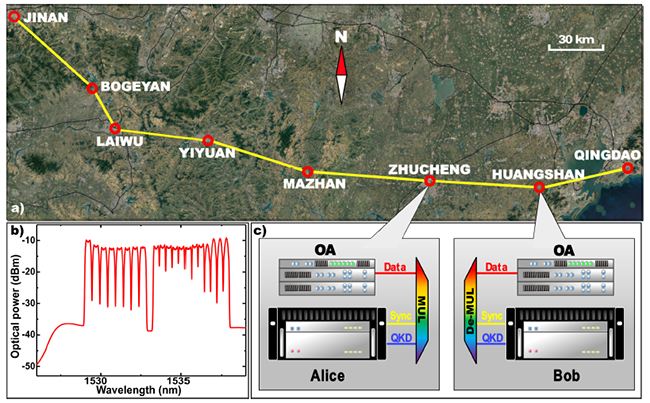
Additionally, with a 20 GHz pass-band filter, co-propagation of QKD and 21 dBm classical data was achieved with 3.0 kbps secure key rate in the standard single-mode fiber. Using low-loss, large effective core area fibers (the G654 fiber), secure key rates can be further increased to 4.5 kbps and 5.1 kbps for co-propagation and counter-propagation, respectively. Furthermore, contributions of filter bandwidth, fiber loss, and fiber effective core area to the quantum signal-to-noise ratio and secure key rate are modeled and analyzed. Meanwhile, by testing QKD reliability and robustness over long periods, the stability of QKD systems integrated with commercial backbone networks is verified.
Compared with previous experiments, this work used for the first time a commercial backbone fiber network. Here, the classical communication systems are more complex, has stronger launch optical powers and Raman scattering noise. Meanwhile, real-life environmental factors also brings many technical challenges in the realization of QKD and commercial backbone. The breakthrough of this experiment marks a key step towards building a quantum network that coexists with existing classic backbone fiber infrastructures.

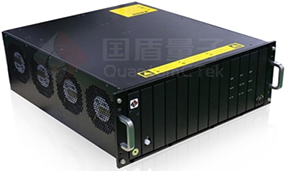 More
More
 More
More
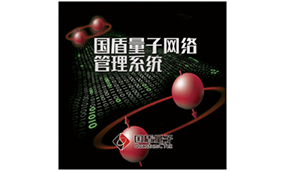 More
More
 More
More
 More
More
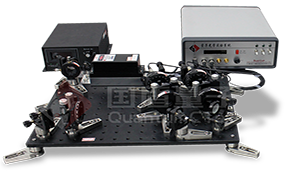 More
More
 more
more
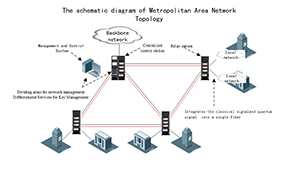 more
more
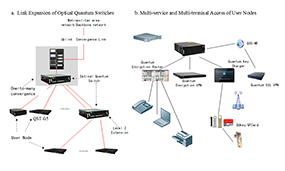 more
more
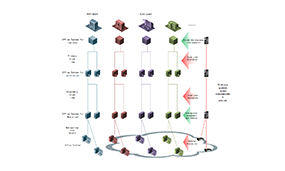 more
more
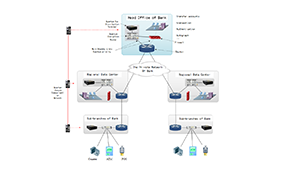 more
more
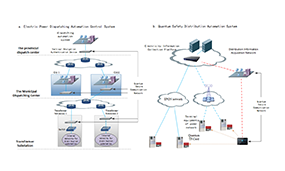 more
more
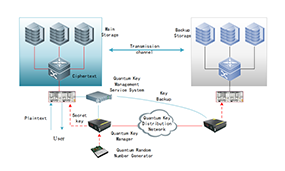 more
more
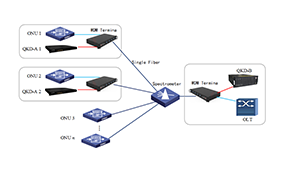 more
more
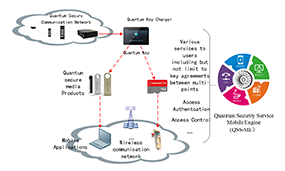 more
more
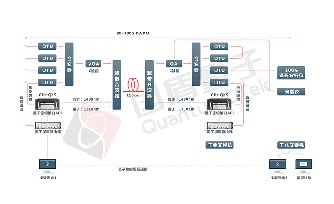 More
More
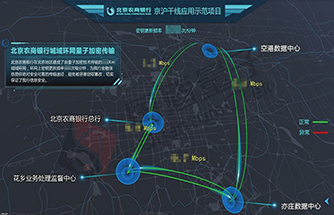 More
More
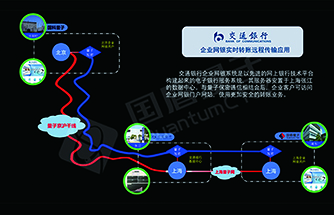 More
More
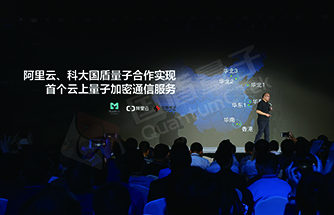 More
More
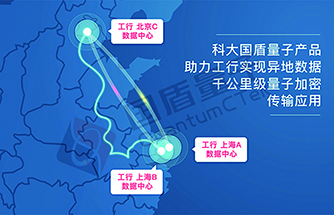 More
More
 More
More
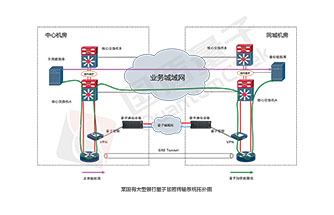 More
More
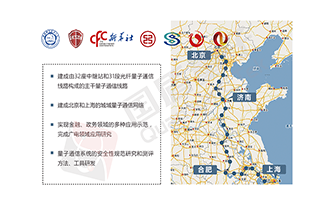 More
More
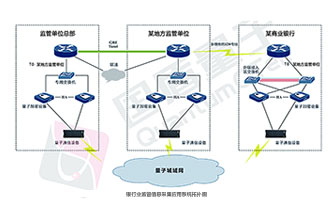 More
More
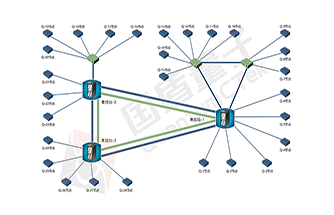 More
More
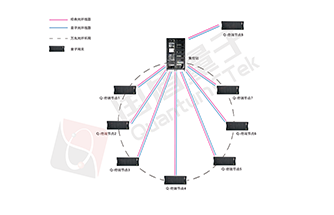 More
More
 More
More
 More
More
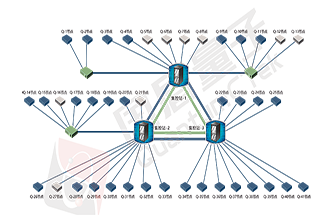 More
More

